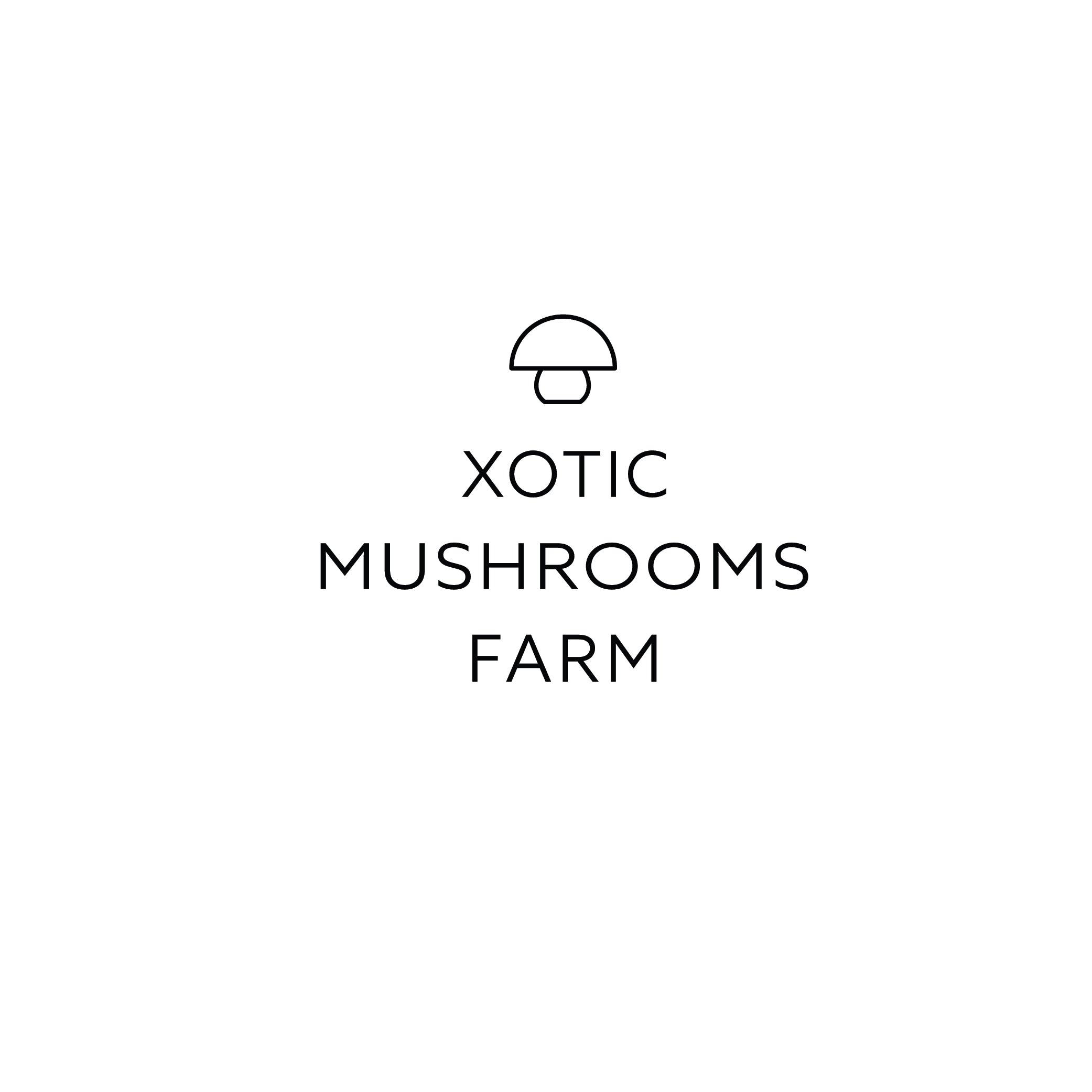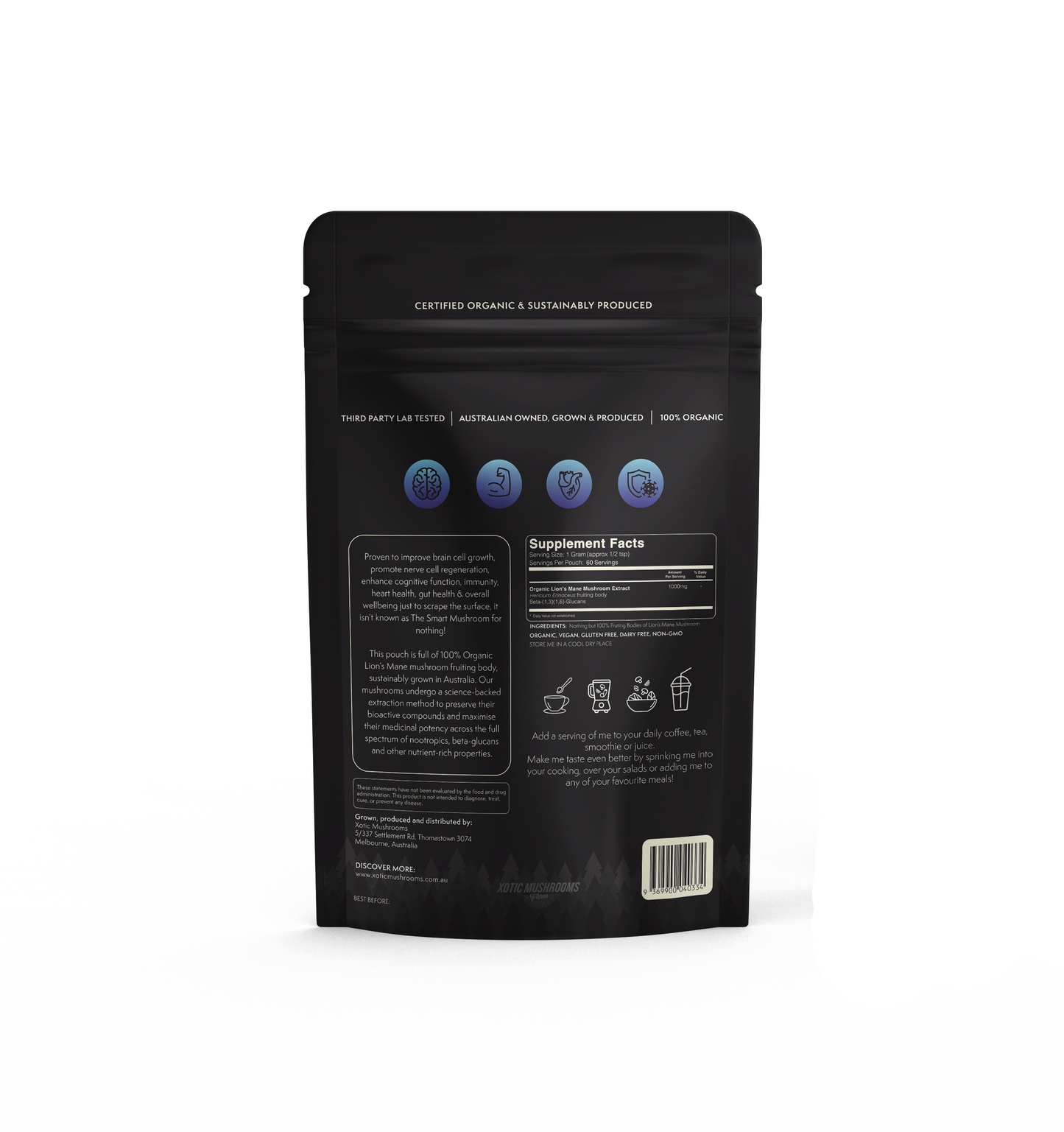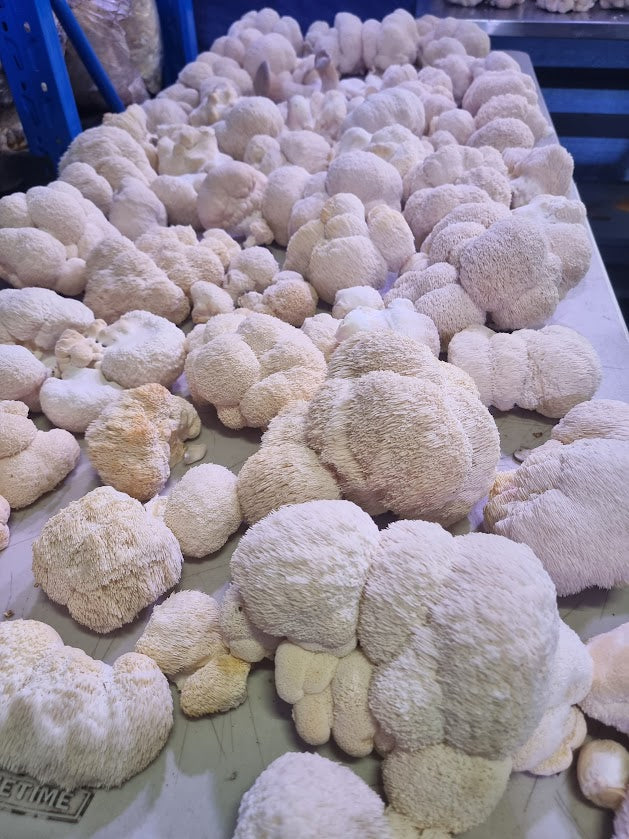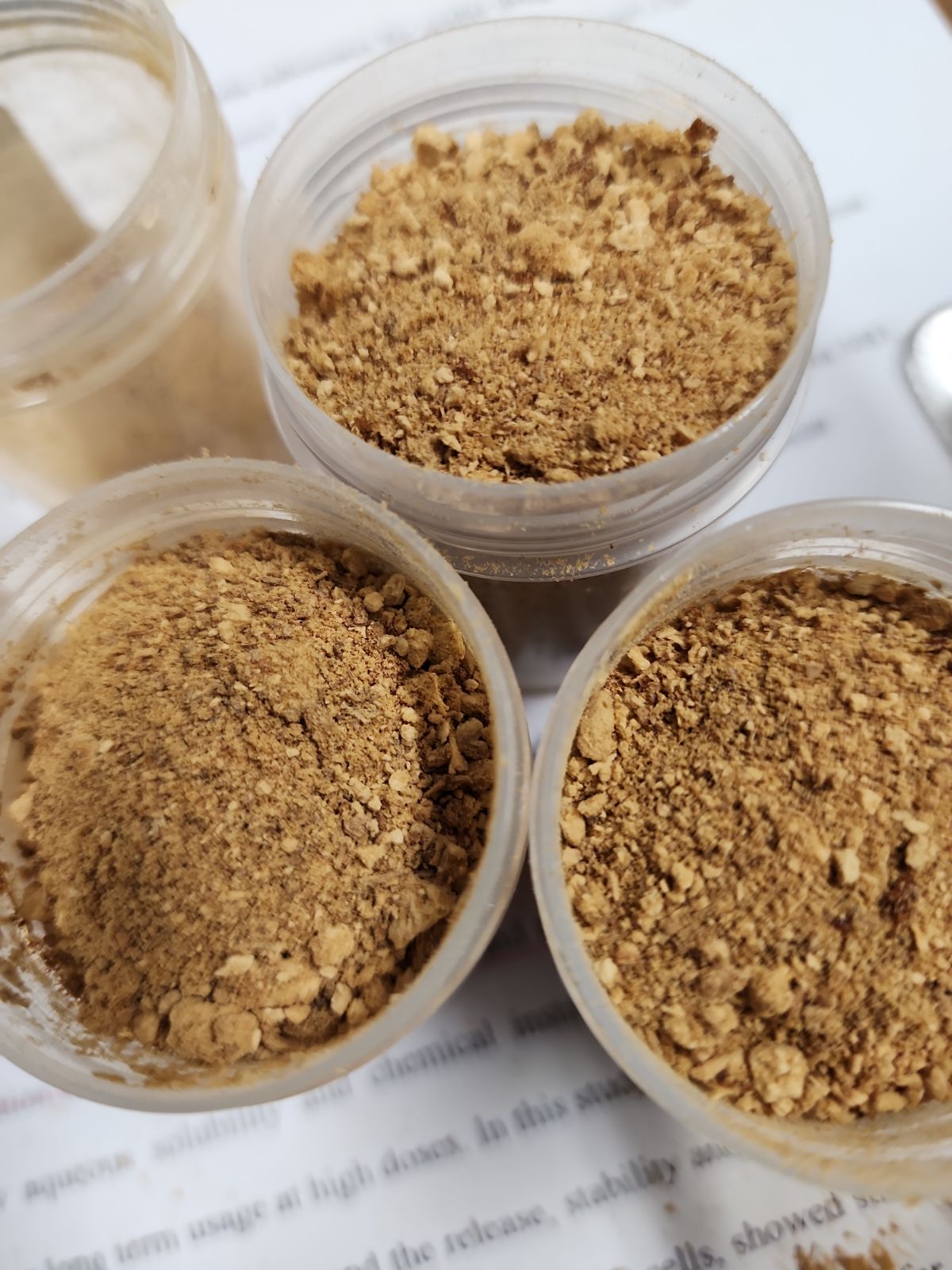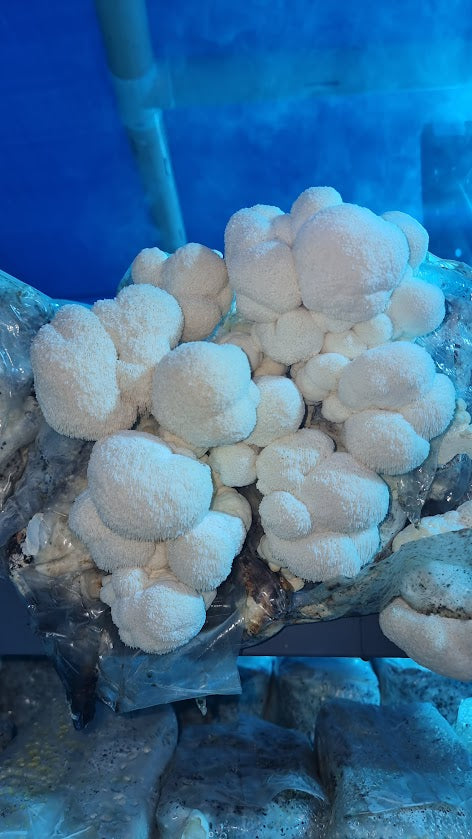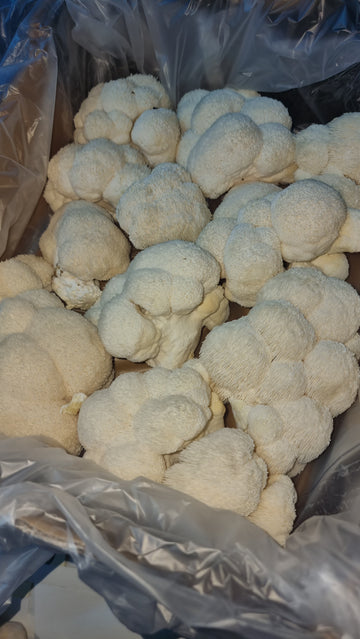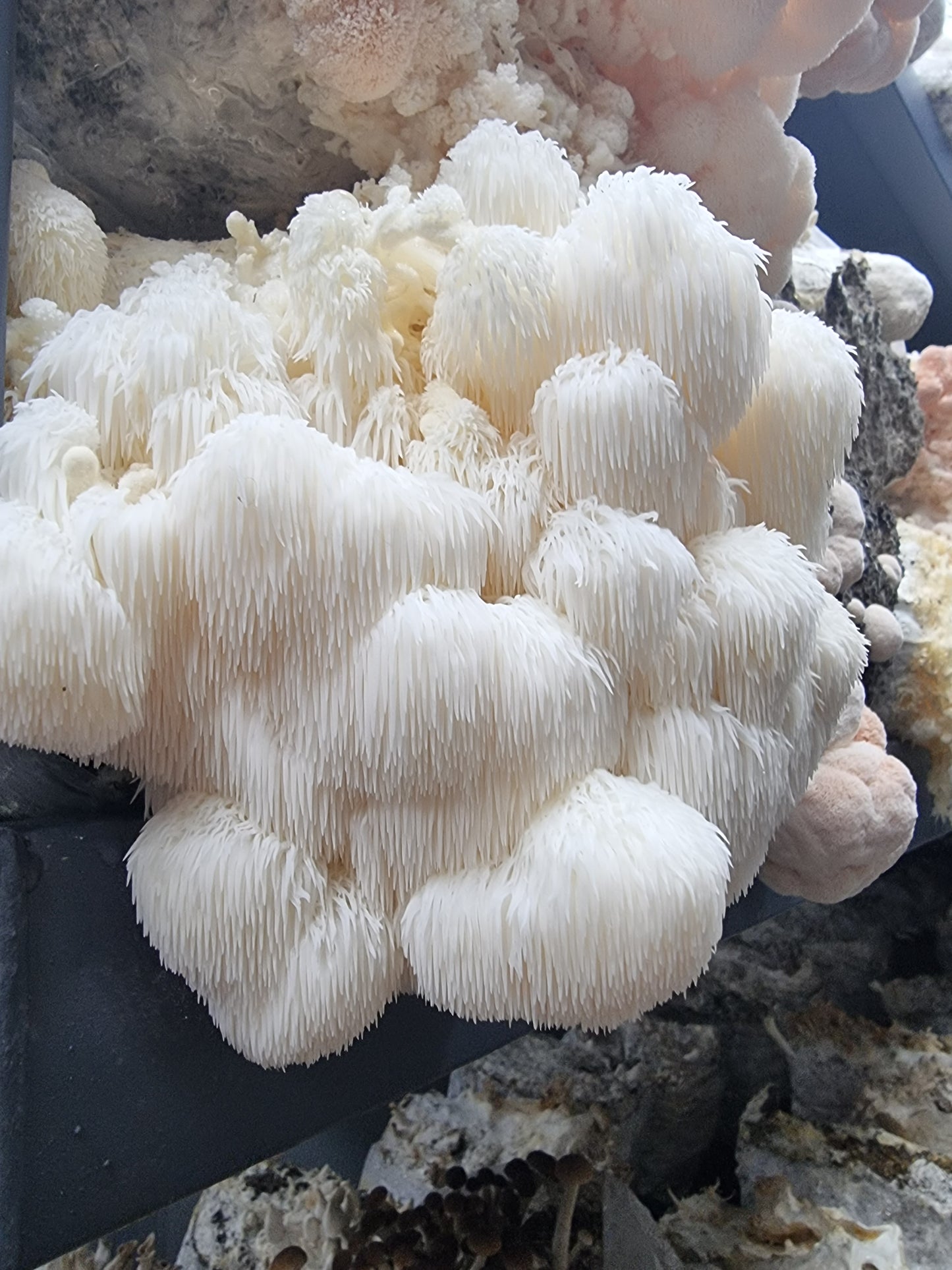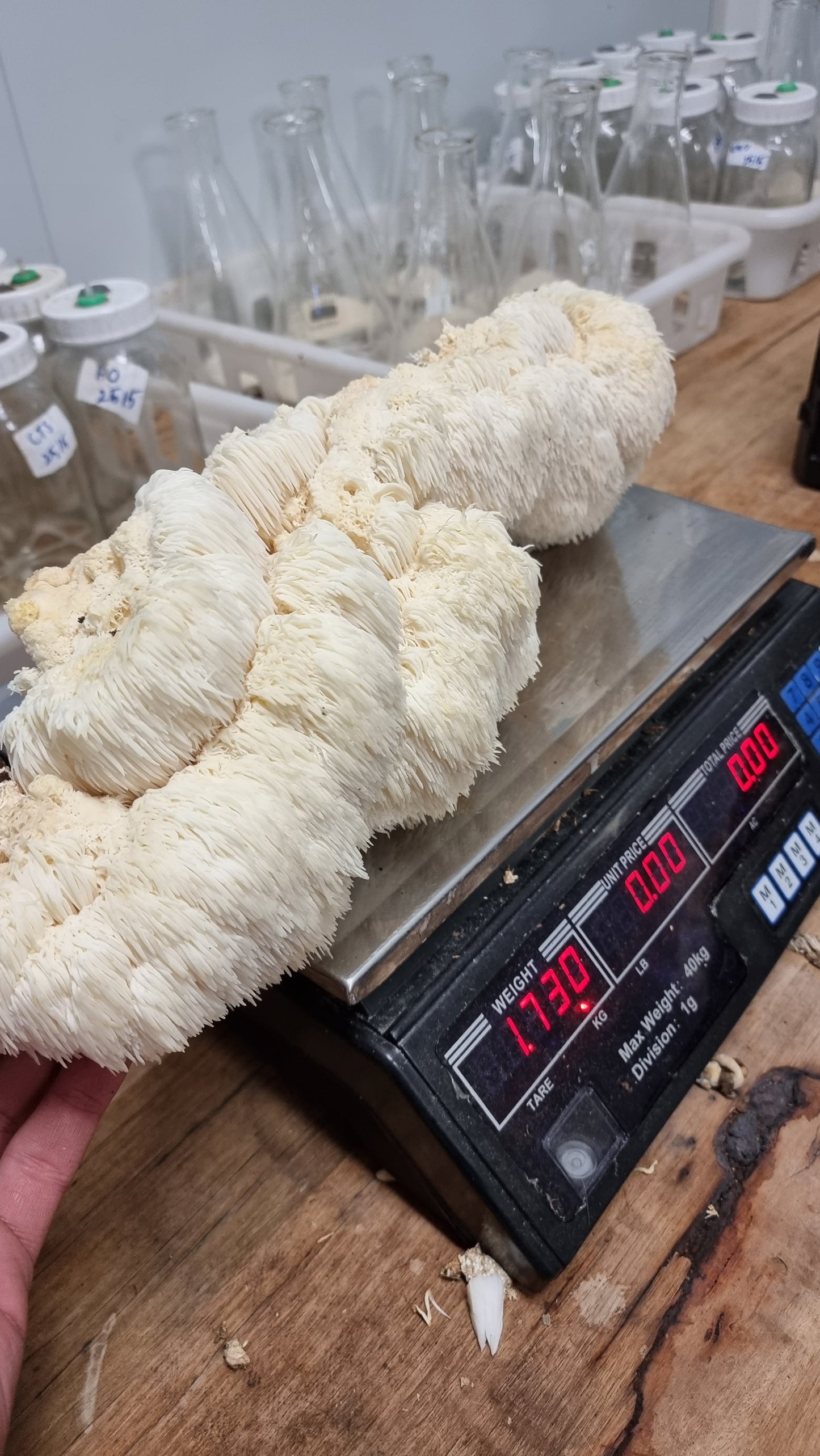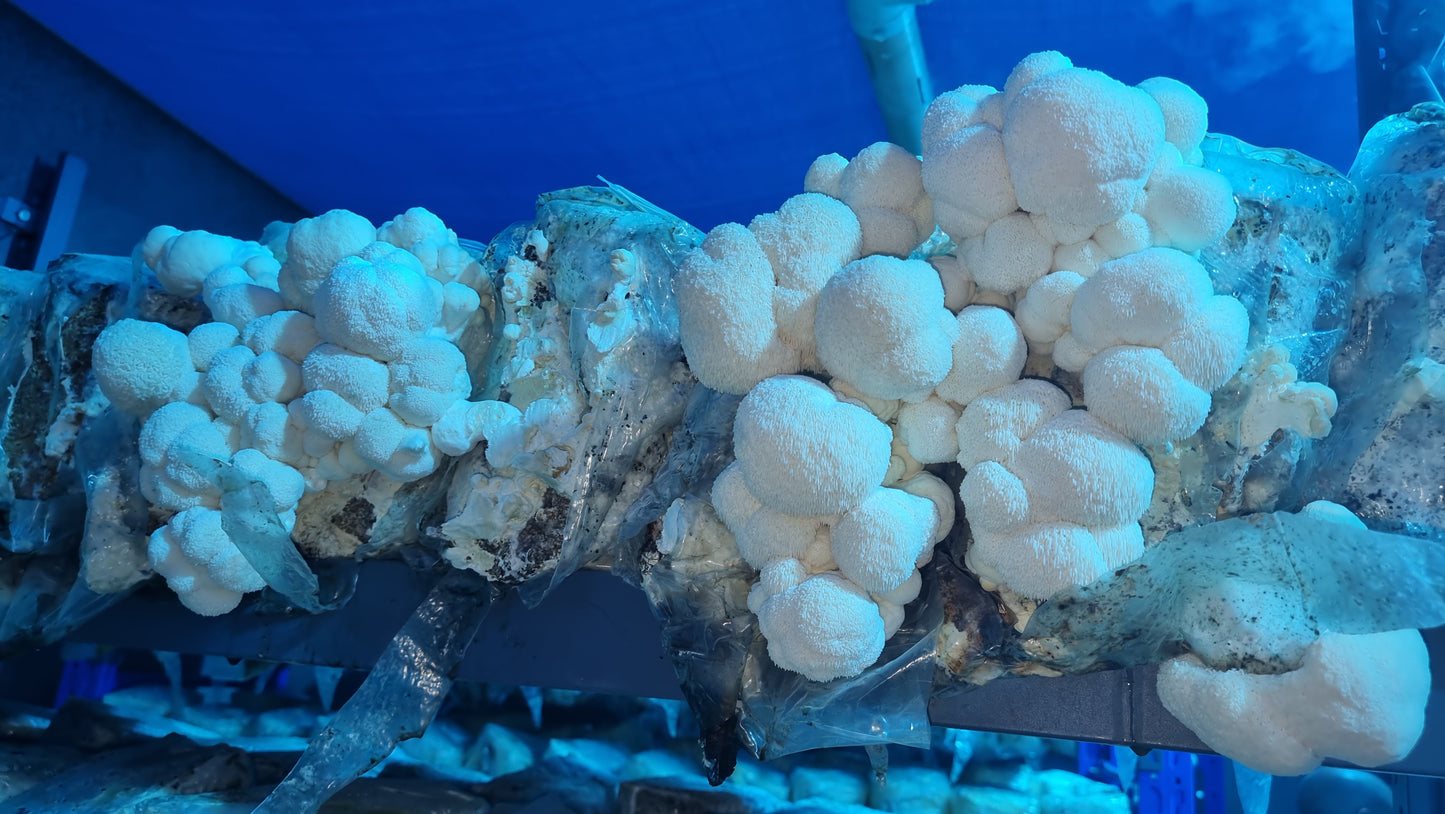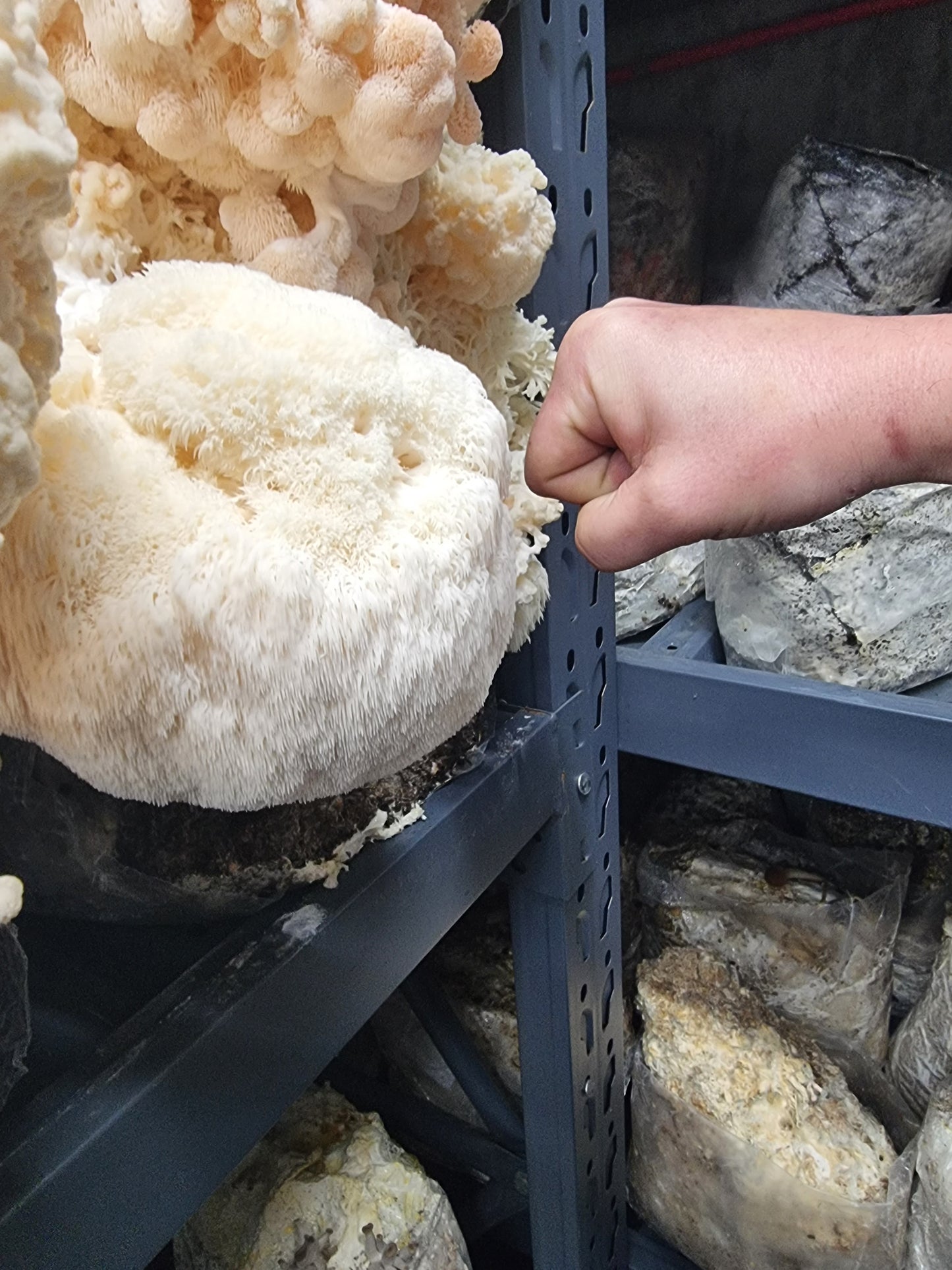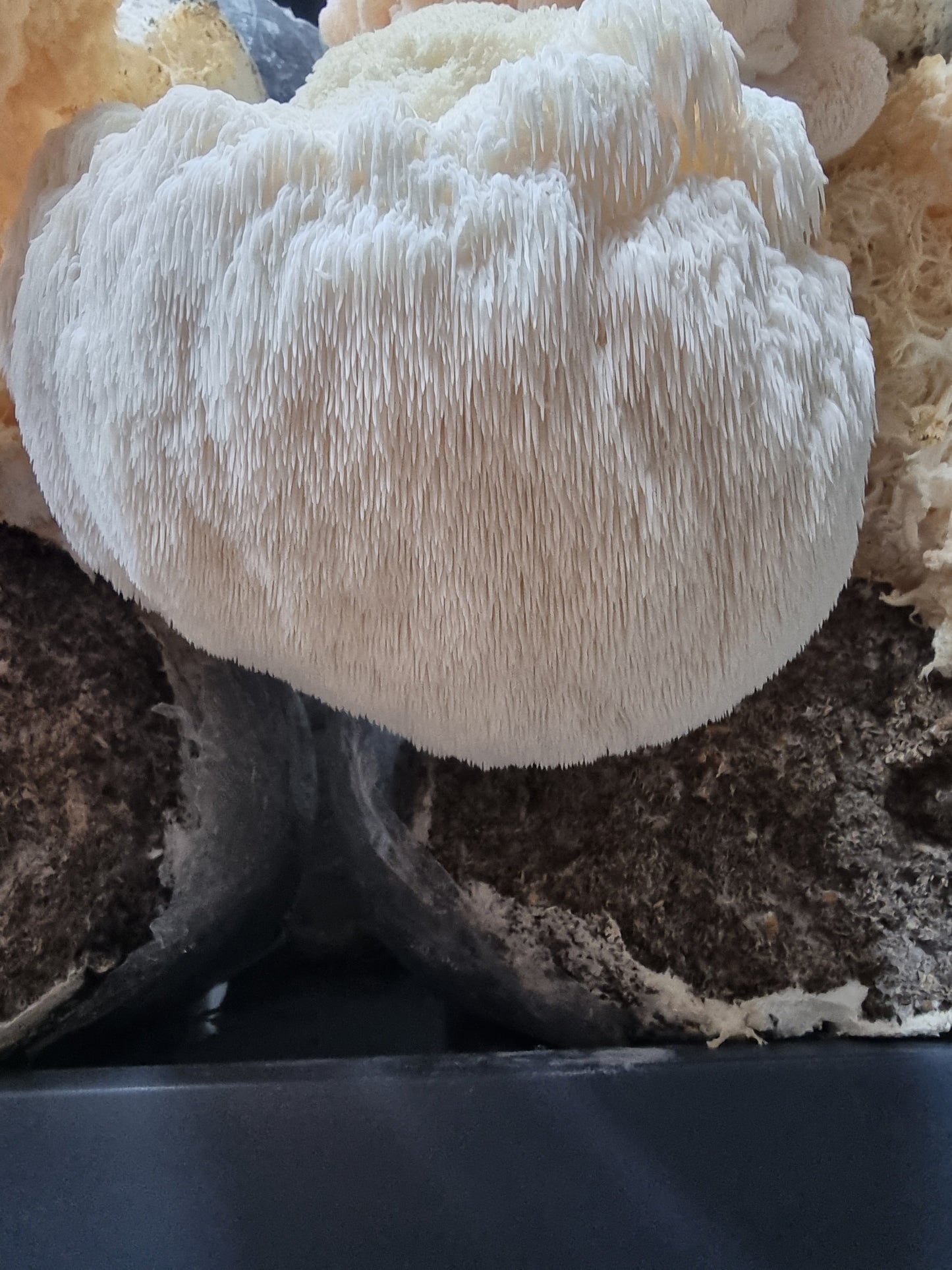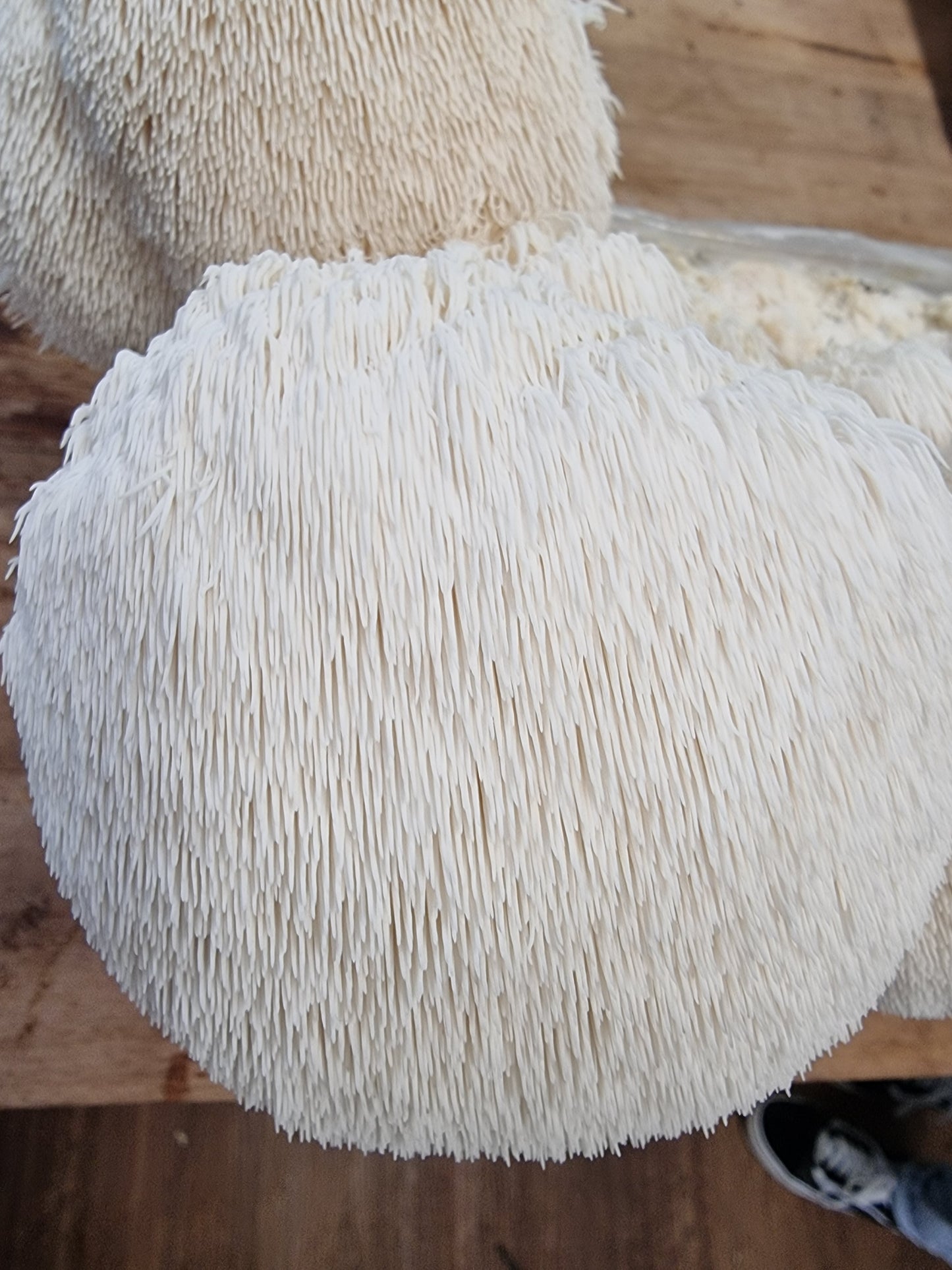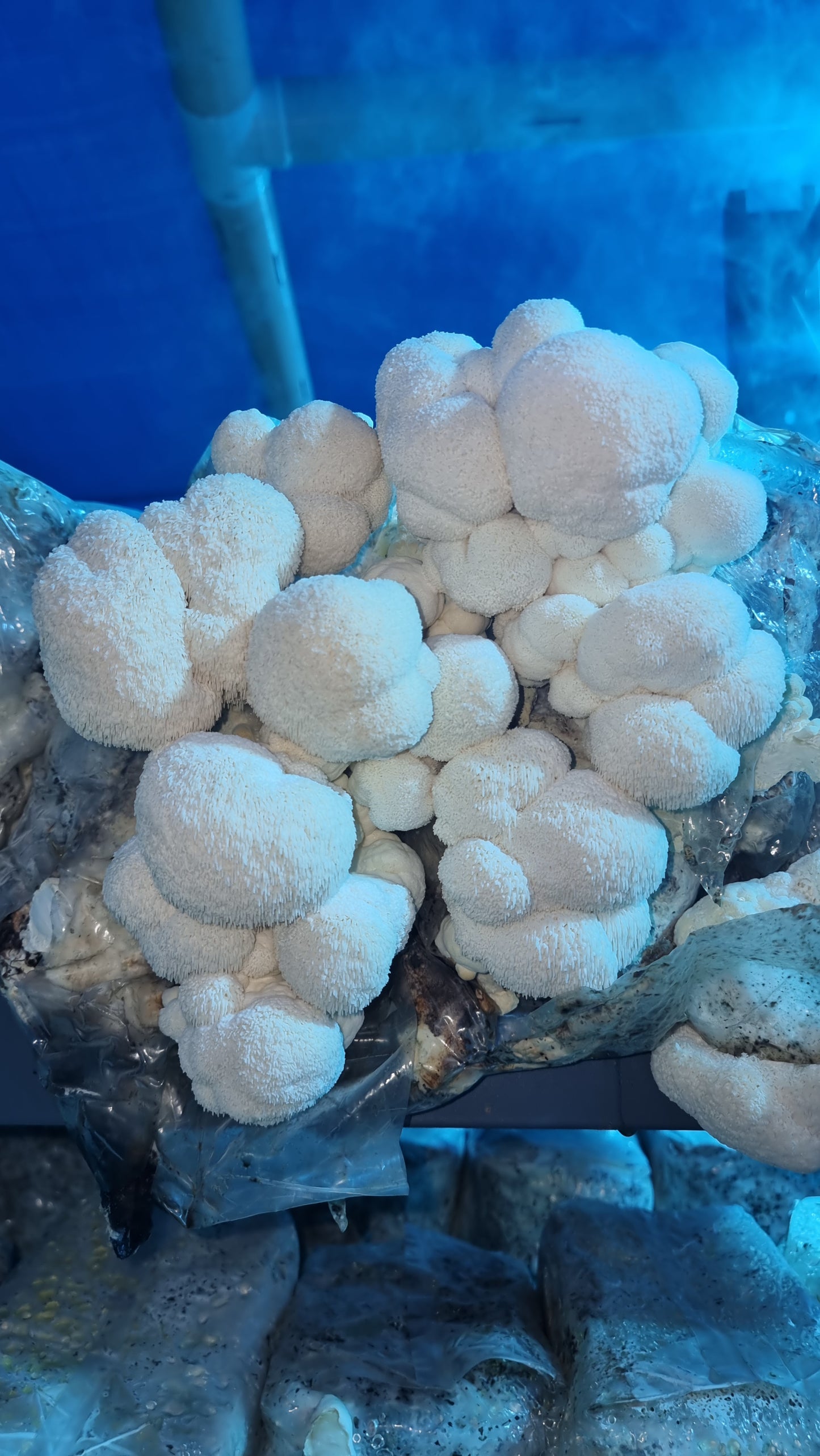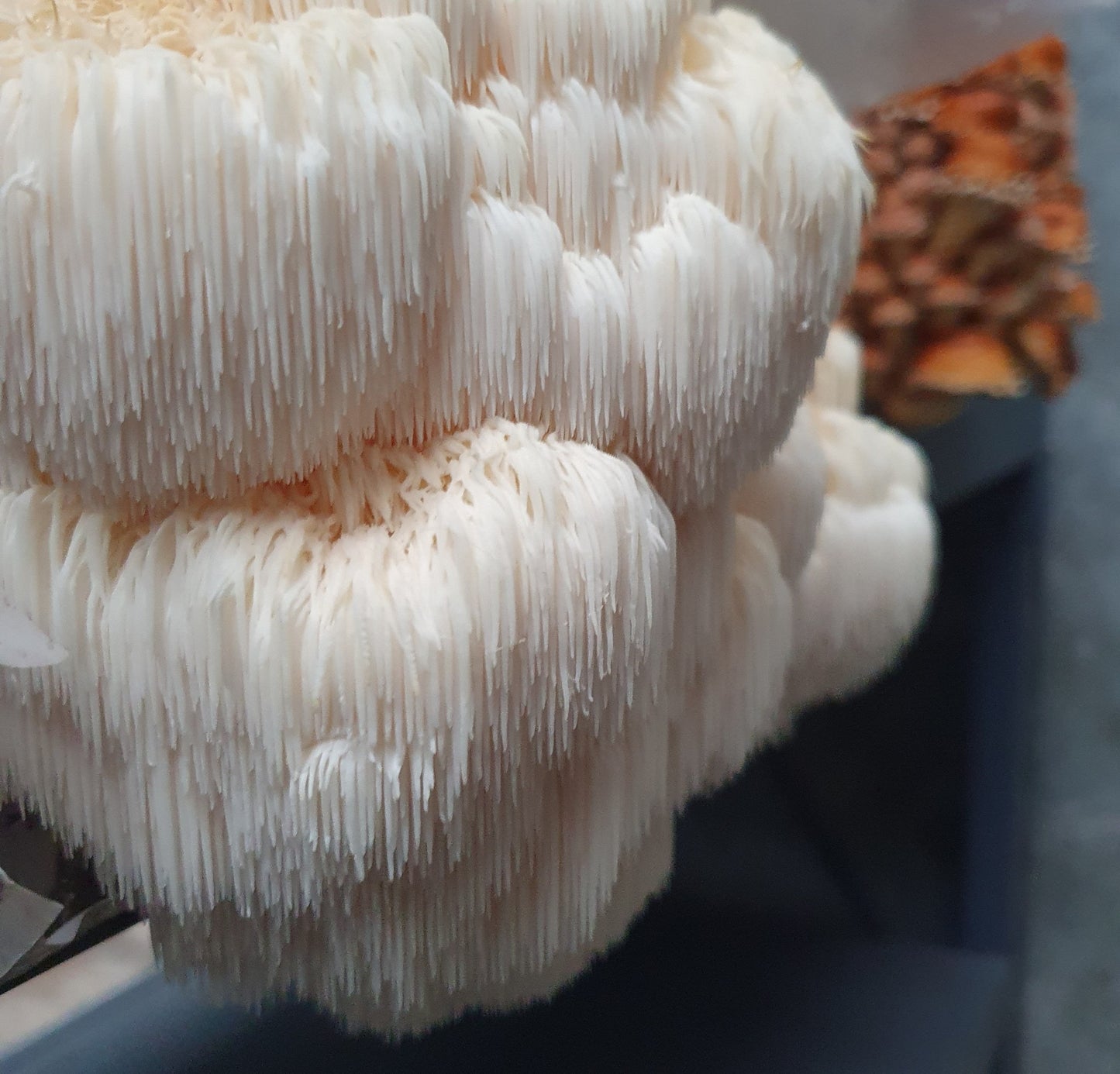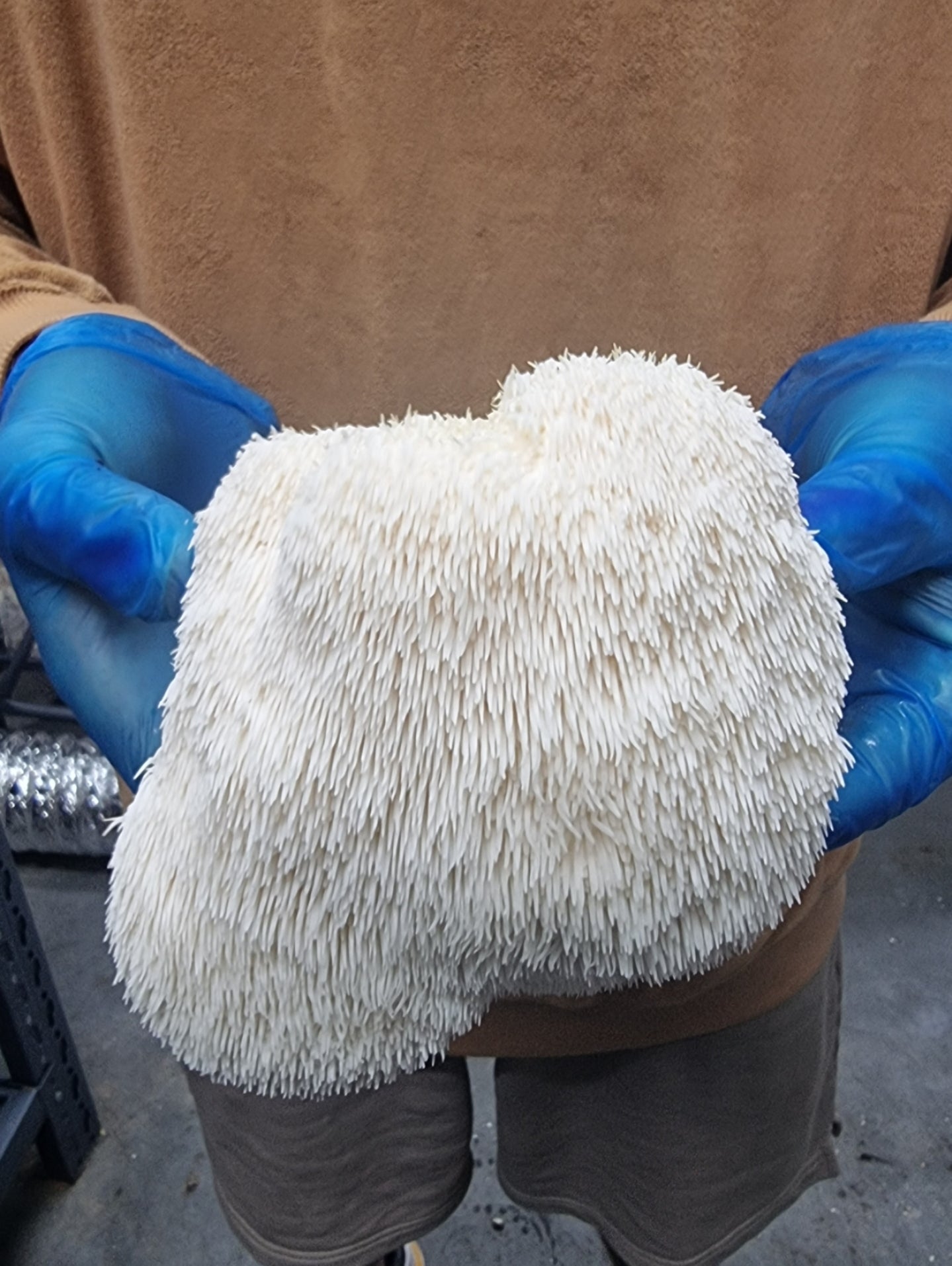The environmental impact of traditional farming methods is a growing concern, with significant issues such as land degradation and resource depletion.
As climate change and resource scarcity become more pressing, finding sustainable alternatives is crucial. Conventional agriculture often needs to address these environmental challenges effectively.
Growing Pink Oyster Mushrooms can reduce waste, enhance soil health, and contribute to a more sustainable future. This article will explore how these mushrooms can positively impact the environment.
1. Low Resource Consumption
Pink oyster mushrooms are highly resource-efficient, requiring minimal water, land, and energy for cultivation. Unlike traditional crops or livestock, which demand significant inputs of water and land, mushrooms can be grown on agricultural by-products like straw, sawdust, and coffee grounds.
This reduces waste and minimises the need for additional resources. Their cultivation is space-efficient, as mushrooms can grow in vertical or stacked systems, making them ideal for urban farming and areas with limited land.
Additionally, mushroom farming has a low energy footprint since it primarily relies on controlled environments that require minimal lighting and temperature regulation, making it an eco-friendly food source.
2. Biodiversity Support
Growing pink oyster mushrooms contributes to biodiversity by fostering diverse agricultural systems and enhancing soil health. Mushrooms are often grown on organic waste materials that would otherwise be discarded, promoting nutrient cycling and enriching the soil with organic matter.
Their natural ability to break down complex organic compounds can also help control harmful pests and diseases, reducing the need for chemical pesticides.
Furthermore, by promoting the use of diverse substrates and integrating mushroom farming into polyculture systems, growers support a healthier, more resilient ecosystem. This can lead to improved soil structure and reduced monoculture farming practices.
3. Renewable and Recyclable Resources

Pink oyster mushrooms are typically cultivated on renewable substrates such as straw, sawdust, and other agricultural by-products. These substrates provide the ideal environment for mushroom growth and are readily available, reducing the need for synthetic inputs.
Using these organic materials in mushroom farming promotes sustainability by recycling waste products that would otherwise end up in landfills.
Moreover, the spent mushroom substrate (SMS) can be reused or repurposed for other purposes, such as composting or animal bedding. This closed-loop system maximises resource efficiency and reduces waste, making pink oyster mushroom farming an environmentally friendly option for food production.
4. Promotion of Sustainable Diets
Pink oyster mushrooms are a highly nutritious and environmentally friendly food choice. They are rich in protein, fibre, vitamins, and minerals source.
They provide an excellent alternative to animal-based proteins, typically requiring significant resources like water, land, and feed. In contrast, mushrooms require minimal space, water, and energy to cultivate, making them a more sustainable option.
By incorporating pink oyster mushrooms into diets, consumers can reduce their ecological footprint while benefiting from a protein-rich, healthy food. This shift to plant-based and fungal proteins aligns with global efforts to promote sustainability in food production.
5. Economic and Social Benefits

Cultivating pink oyster mushrooms creates valuable economic opportunities, especially for small-scale farmers and entrepreneurs. Mushroom farming requires relatively low capital investment and can be set up in various spaces, including urban and peri-urban areas.
By promoting local mushroom production, communities can generate income, create jobs, and diversify their agricultural economies.
In addition, mushroom farming fosters social inclusivity, particularly for marginalised groups such as women and youth, who may have limited access to traditional farming resources.
As demand for mushrooms grows, it contributes to local economic resilience and community development.
6. Efficient Carbon Footprint
Mushroom farming, especially the cultivation of pink oyster mushrooms, has a significantly lower carbon footprint than conventional agricultural practices, particularly livestock farming.
The environmental impact of growing mushrooms is minimal because they require little land and water, and their cultivation emits far fewer greenhouse gases.
Unlike livestock, which produces methane—a potent greenhouse gas—mushrooms grow in controlled environments and can be cultivated using organic waste materials, reducing their environmental impact.
This makes mushroom farming a key player in reducing global carbon emissions and promoting sustainable food production practices.
7. Compact Growing Space

Mushrooms can be cultivated vertically using stackable trays or shelves. This approach requires minimal land, making it possible to grow them in urban settings, abandoned buildings, or miniature indoor areas where you can easily set up a mushroom farm, conserving arable land for other uses.
8. Minimal Water Usage
Mushroom farming is highly water-efficient, using significantly less water than traditional crops or livestock production.
For example, producing 1 kilogram of mushrooms requires only about 1.8 litres of water, in stark contrast to the hundreds or even thousands of litres needed to produce the same amount of animal-based protein. This makes mushroom cultivation ideal for regions facing water scarcity or drought.
Additionally, mushrooms can be grown in controlled indoor environments where water is reused and recycled, further minimising waste.
As global water resources become increasingly strained, mushroom farming's water efficiency presents a sustainable alternative to more resource-intensive agricultural practices.
9. Reduction in Methane Emissions

Mushroom farming significantly reduces methane emissions by utilising agricultural waste, such as straw, sawdust, and other organic materials, as substrates for growth.
When these materials decompose in landfills, they release methane, a potent greenhouse gas contributing to climate change.
By diverting this organic waste to mushroom cultivation, the decomposition process is controlled and occurs in a more environmentally friendly manner, preventing methane from being emitted into the atmosphere.
This waste-to-food process reduces harmful emissions and contributes to a circular economy by reusing resources that would otherwise go to waste.
10. Air Purification
The substrates used in mushroom farming, such as straw and sawdust, can absorb pollutants, heavy metals, and other toxins from the air, contributing to air purification. In indoor mushroom farming environments, these substrates act as natural filters, improving air quality by removing harmful particles.
Additionally, growing mushrooms indoors enhances humidity levels, which can help mitigate dry air and improve overall indoor air quality, promoting a healthier atmosphere for people and plants.
This combination of pollutant absorption and humidity regulation makes mushroom cultivation a valuable practice for creating cleaner, more breathable indoor environments, especially in urban settings.
11. Natural Soil Enhancer

Spent mushroom substrate (SMS) left after cultivation is an excellent soil amendment. Rich in nutrients, it enhances soil structure, boosts microbial activity, and supports sustainable agriculture by improving fertility without synthetic fertilisers.
12. Sequestering Carbon
Growing pink oyster mushrooms can help sequester carbon by absorbing CO2 from the atmosphere during their growth cycle.
Like other plants, mushrooms rely on photosynthesis and natural processes to capture carbon stored in their biomass.
Additionally, mushroom cultivation often uses organic waste materials, helping to lock in carbon that would otherwise contribute to greenhouse gas emissions in landfills.
13. Localised Production
Mushroom farming, mainly pink oyster mushrooms, can be easily integrated into decentralised and urban farming systems, making it a highly localised form of food production.
Growing mushrooms in urban or peri-urban areas significantly reduces the need for long-distance transportation, which helps lower food miles. This reduction in transportation distances decreases fuel consumption and greenhouse gas emissions associated with the delivery of produce.
Additionally, local mushroom cultivation ensures fresher products for consumers, contributing to improved food quality and supporting local economies. This decentralised model strengthens food security and promotes sustainable urban agriculture practices.
14. Energy Efficiency
Pink oyster mushroom cultivation is inherently energy-efficient due to the minimal energy requirements for their growth. Mushrooms thrive at moderate temperatures (around 18-24°C), reducing the need for excessive heating or cooling in controlled environments.
Unlike other crops that require artificial lighting or energy-intensive growth conditions, mushrooms can be grown in low-light or dark settings, reducing energy consumption.
Indoor cultivation systems can be optimised for energy efficiency to minimise resource use, utilising climate control technologies like passive ventilation, LED lighting, and humidity regulation. This makes pink oyster mushroom farming a sustainable option for energy-conscious food production.
15. Reduction of Plastic Waste

Pink oyster mushrooms are at the forefront of sustainable innovation. Their mycelium can be used to create biodegradable alternatives to plastic for packaging, insulation, and even furniture, helping combat plastic pollution.
16. Reduction in Deforestation
Growing pink oyster mushrooms can play a crucial role in reducing deforestation. These mushrooms thrive on agricultural waste, such as straw or sawdust, eliminating the need to clear forests for timber or land.
By repurposing otherwise discarded materials, pink oyster mushroom cultivation helps conserve natural forests, promote sustainability, and reduce the pressure on vital ecosystems.
This process contributes to biodiversity conservation and mitigates the environmental impact of deforestation.
17. Improved Circular Economy
Growing pink oyster mushrooms contributes to a more sustainable circular economy by recycling agricultural waste into valuable products.
These mushrooms can be cultivated on leftover organic materials, such as straw or coffee grounds, which would otherwise end up in landfills.
The mushrooms reduce waste and provide nutritious food and natural materials, promoting resource efficiency and supporting a more regenerative food system.
18. Fighting Food Insecurity

Mushrooms, with their rapid growth and low resource needs, offer a sustainable, nutrient-rich food source for areas facing farming challenges.
Their adaptability to various climates and minimal land requirements make them a viable solution to combat food insecurity, providing essential nutrition and promoting resilience in regions where conventional agriculture struggles.
Conclusion
Growing pink oyster mushrooms is a decisive step towards environmental sustainability. They offer a practical solution for eco-conscious farming by reducing waste and enhancing soil health. Ready to make a positive impact?
Start cultivating pink oyster mushrooms today and contribute to a greener, healthier planet.
